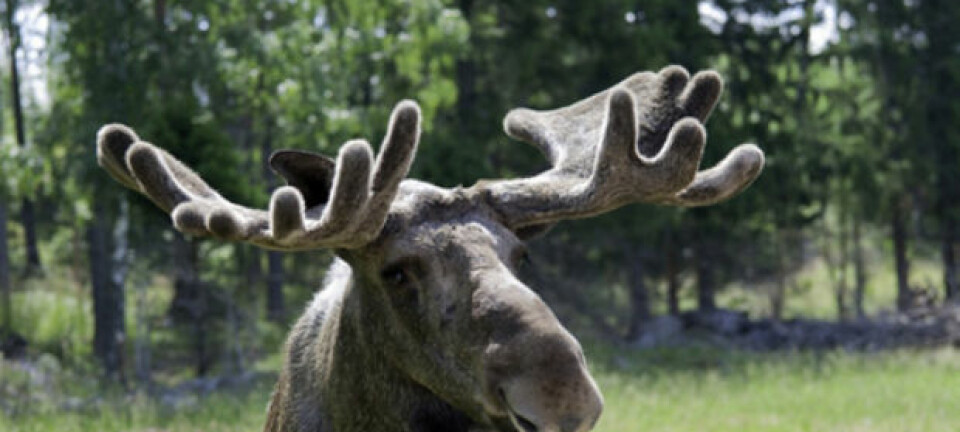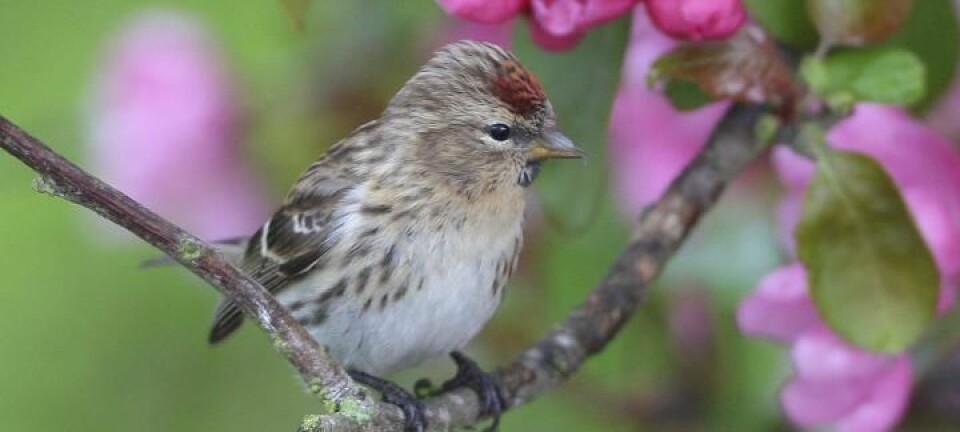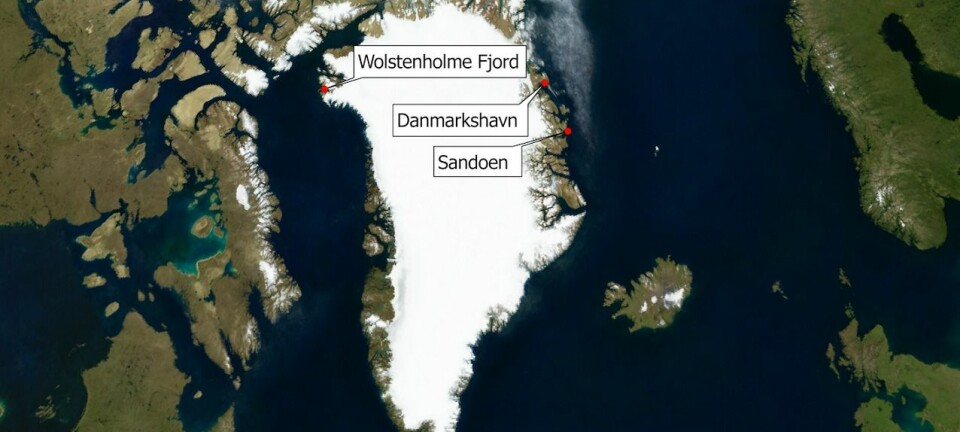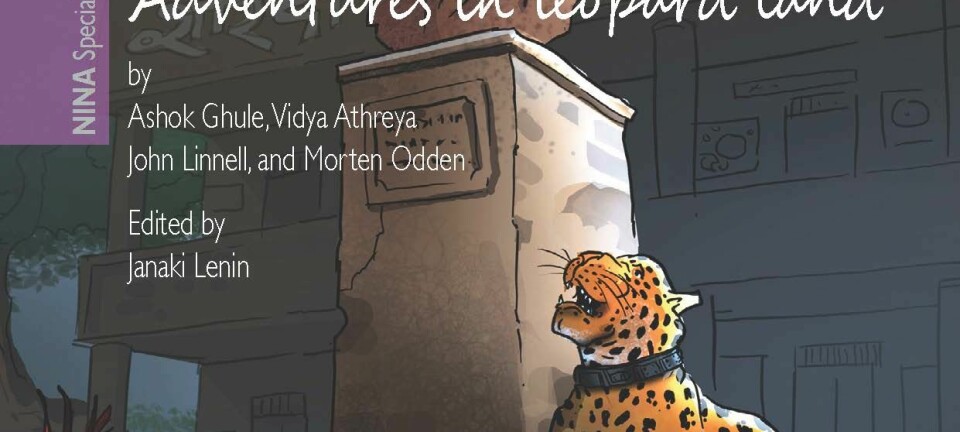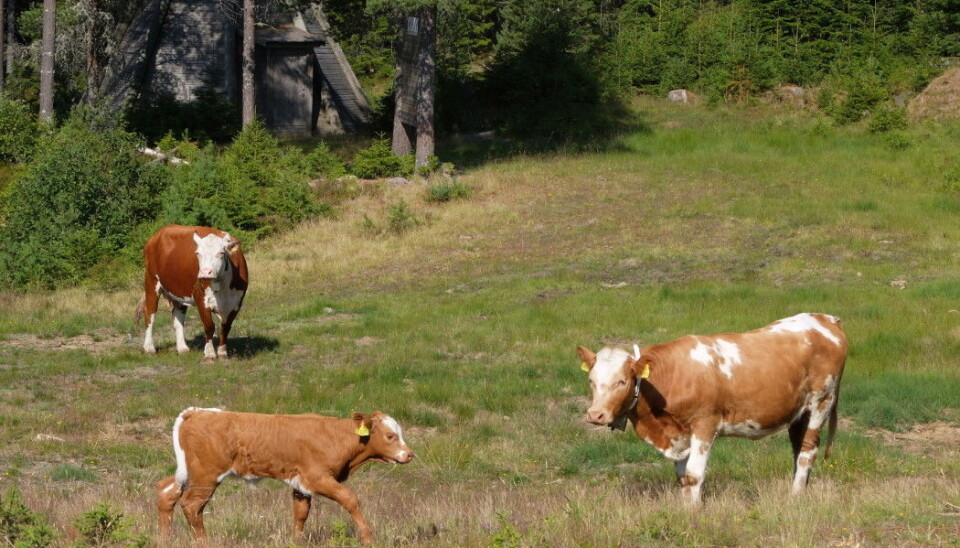
Norwegian farmers keep tabs on cattle with GPS
British and continental beef cattle have not been bred to thrive in Norwegian forests. But they're doing well, according to the researcher who has used GPS to help track their grazing patterns for three summers.
Fewer and fewer dairy cows are dotting the Norwegian landscape.
Yet more than 200,000 cattle are still put out to graze in the Norwegian high pastures each summer. The number even appears to be on the rise, but it is beef-producing farmers who account for the increase.
Researcher Morten Tofastrud heads into the outlying area of Stange municipality in Hedmark county. He is met by a herd of heavily built cows and calves thundering through the forest. These animals have nothing to do with dairy products. Instead, they will eventually end up in the meat counters of people's local grocers.
"These are big animals that can weigh up to 800 kilos," says Tofastrud, a researcher at the Inland Norway University of Applied Sciences.
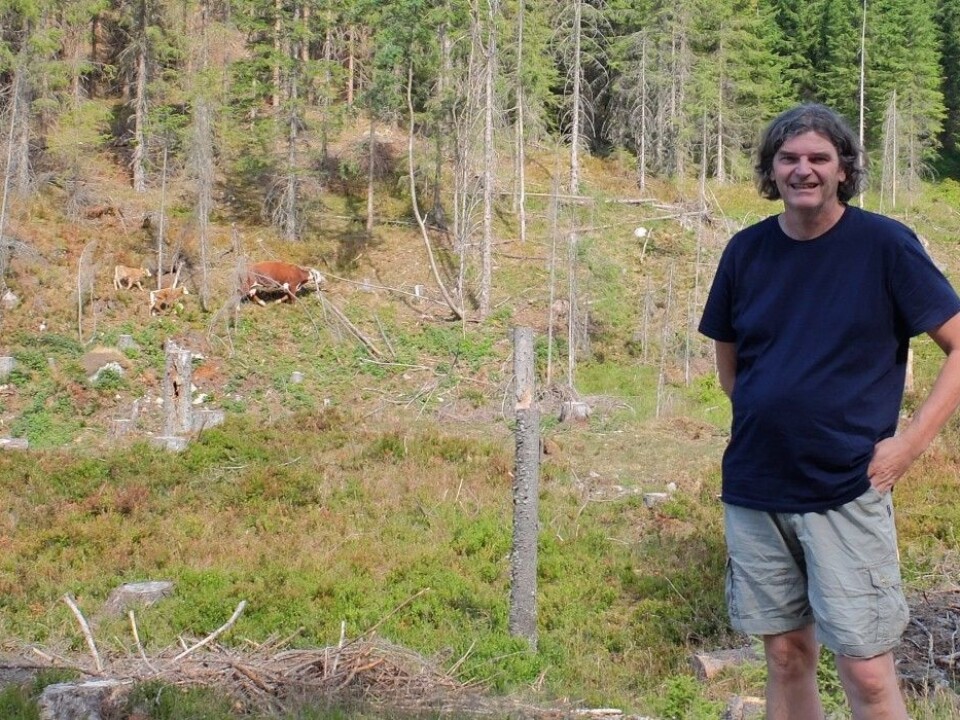
Old-fashioned dairy cows rarely weighed more than 500 kilograms. Research from the 1950s shed light on how dairy cows fared on pastureland. But little is known about how the newly imported breeds are doing.
That's why Tofastrud has been following the grazing activity of breeds like the British Hereford and French Charolais.
"We were curious about how these international breeds would thrive. We want to see how productive they are on Norwegian woodland pastures that, from an international perspective, are nutrient-poor grazing areas," he says.
Read More: New test procedures will save dairy cows from Mycoplasma bovis disease
In with Nanette and Bessie
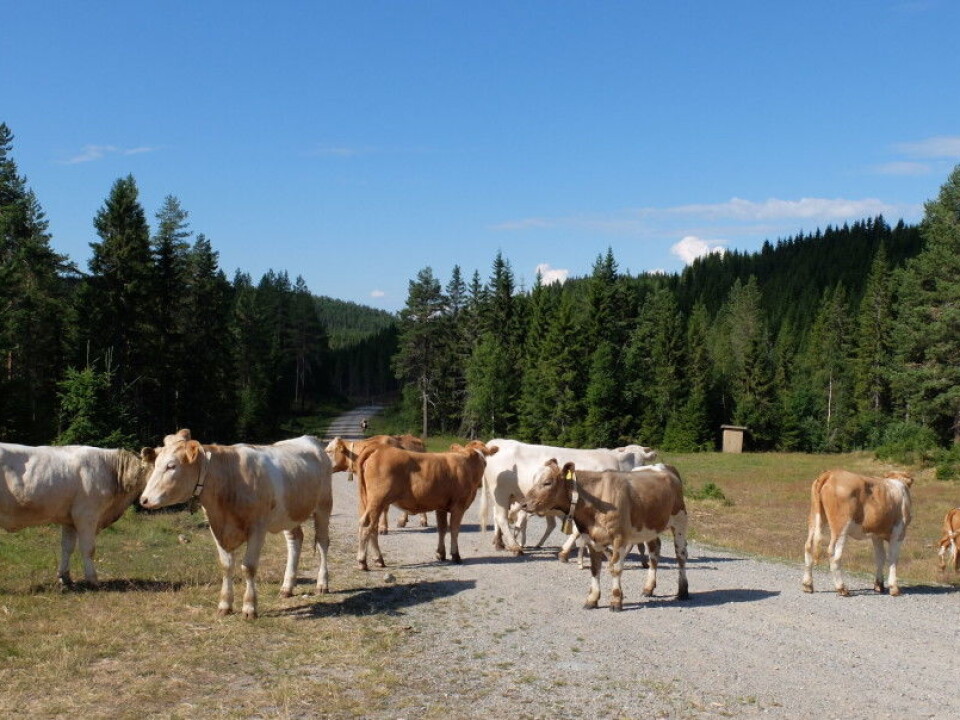
The Charolais represents what the researcher calls an "intensive breed." It grows fast, but requires very nutritious feed.
Herefords also grow well, though not as fast as Charolais. They usually perform better on a slightly poorer diet.
"There's a lot of interest in these breeds in Norway today," says Tofastrud.
Both are bred for intensive meat production.
"In France, England, and Germany, these breeds graze on large grasslands and pastures with swamps, ponds, and small forested areas," he says. It's quite a different environment from Norway's pasturelands.
For three years Tofastrud has followed the big animals around several forests in Hedmark county.
"They're doing surprisingly well," he says.
Cows fitted with GPS collars
Each spring, Tofastrud and his students equipped about 30 cattle with GPS collars. These track the animals' position every five minutes allowing researchers to track their movement.s
Activity sensors in the collars followed the cattle's head and neck movements. This let Tofastrud know whether they were actively grazing or not.
"We had to spend a lot of time with the animals to validate the collar measurements," said Tofastrud. "While we were doing that, we also collected faecal samples and studied what they were eating."
The cattle were weighed before and after each grazing season to track their weight, an important factor for a beef producer.
Read More: Rounding up a cattle virus in human noses
Fluctuating weight
"The Herefords grew better than the Charolais when grazing in forested pastures. The Charolais were a little more dependent on access to a good nutrient supply," says Tofastrud.
He believes this is due to Herefords having lower energy requirements.
An adult cow needs to eat 30-40 kilograms of food each day to maintain or increase her weight. There were big individual differences between the cows.
"Cattle weight fluctuations ranged from dropping almost 100 kilos to gaining 60-70 kilos," Tofastrud says.
But losing 75 kilograms over the summer is not necessarily a problem, he says.
"When she returns to the barn, it doesn't take long to put those kilos back on. Smaller animals maintain their weight better during the summer."
Enticing mountain farm meadows
The terrain that Tofastrud studied was dominated by boreal forest. But the cattle didn't choose to spend most of their time in the densest part of the forest.
"They sought out the meadows around old mountain farms," says Tofastrud. Recently felled areas were also popular. Both offered access to good grass.
Sweet common bent is the cows' favourite type of grass. But since there's not much of it, it's more like a small dessert. The mostly grazed on wavy-hair grass – a somewhat less nutritious grass species.
A large herd sometimes has to resort to eating fibre-rich star grass that is much harder to digest. The cattle spend more time chewing their cud and less time foraging and eating.
Grazing activity increases over the summer as access to the best and most accessible grass diminishes.
Interest in beef and veal production in Norway is on the rise, says Tofastrud.
"Farmers increase their herd size to have a profitable operation, and then the feeding situation on the farm becomes an obstacle. It's a big advantage if the cattle can spend 100 days a year foraging for their own food in outlying pastures," he says.
Read More: Can farm animals stomach new types of feed?
Competition for sunny slopes
The forest is widely used by people as well. They pick berries and go for walks, and build cottages. It's no small thing to meet an 800 kilogram cow on the trail or outside the cottage door, much less a huge group of beef cattle.
"People sometimes feel scared or even threatened by the cattle. This should be taken seriously, and farmers have to be careful about pasturing badly behaved animals," says Tofastrud.
"At the same time, people also need to respect those big and heavy animals. Keep your distance. Don't try to lure them to you or scare them," he says.
One of the problems is that cows and people have the same preferences. Everyone likes to be close to the idyllic old mountain farms.
Tofastrud's GPS measurements show that the cows are attracted to south- and west-facing slopes – just where mountain cottages are also ideally situated.
Outlying areas need to be included
The farmers that Tofastrud has worked are very interested in his study as they have had access to the GPS monitoring.
"I want to encourage farmers to use GPS equipment to keep track of their animals," he says.
GPS can also make it easier to avoid the worst conflicts. The farmers know where the cattle are and can get to them if they go to places they should not be wandering into.
"With electronic surveillance you can also see which areas are widely used and take that into account when planting," says Tofastrud.
Livestock grazing plays an important role in maintaining the bigger pasturelands, of which the country has no shortage.
"Generally, this isn't a problem for Norway. Most grazing areas aren't being used," Tofastrud says.
----------------
Read more in the Norwegian version of this article at forskning.no







